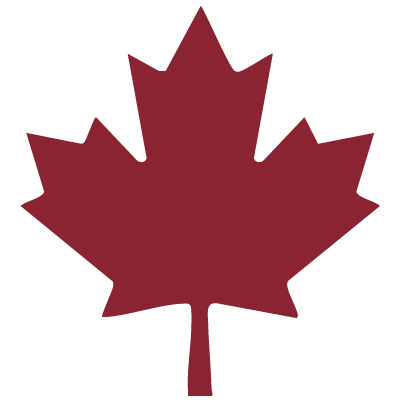Canada’s Instrumentation Leader Since 1946.


In this experiment, the students strengthen their understanding of the light path through convex and concave lenses.
Principle
In this experiment, the students strengthen their understanding of the light path through convex and concave lenses. By using a step-by-step approach proceeding from planoconvex lenses via planoconcave lenses to a combination of convex and concave lenses, the students’ experimental skills are further developed. The observation of the refracted light beams and the qualitative comparison of the position of the focal point makes the possibility of making intentional changes in focal length with the aid of lens systems clear to the students. In conjunction with the experiments on lens defects, a good basis is laid down for gaining the basic knowledge required for the understanding of many optical apparatus (cameras, amongst others). This objective also helps in the calculation of the focal length and refractive power of a lens system in the evaluation.
The experiment is demanding in terms of the abilities and experimental skills required of the students. Only with careful adjustment of the respective positions of the blocks are consistent quantitative results achieved.
Benefits
Tasks
What advantage do lens combinations offer? Determine the focal length of planoconvex lenses, biconcave lenses and various lens combinations.
| Device name | Article no. | Quantity |
|---|---|---|
| Block, semicircular | 09810-01 | 1 |
| Light box, halogen 12V/20 W | 09801-00 | 1 |
| Block, planoconvex lens,fl+100mm | 09810-04 | 2 |
| Block, planoconcave lens,fl-100mm | 09810-05 | 1 |
| PHYWE Power supply, 230 V,DC: 0…12 V, 2 A / AC: 6 V, 12 V, 5 A | 13506-93 | 1 |
Copyright - 2025 - Hoskin Scientific